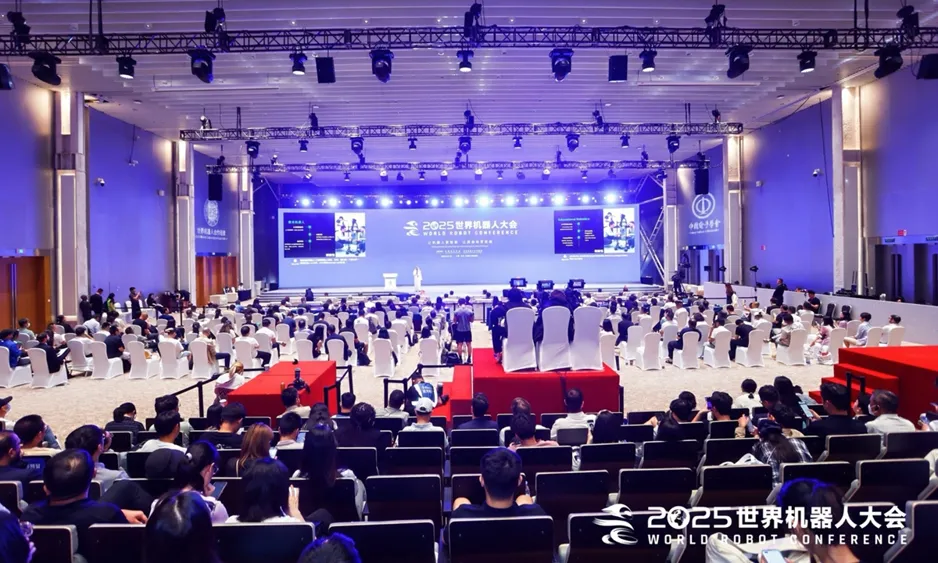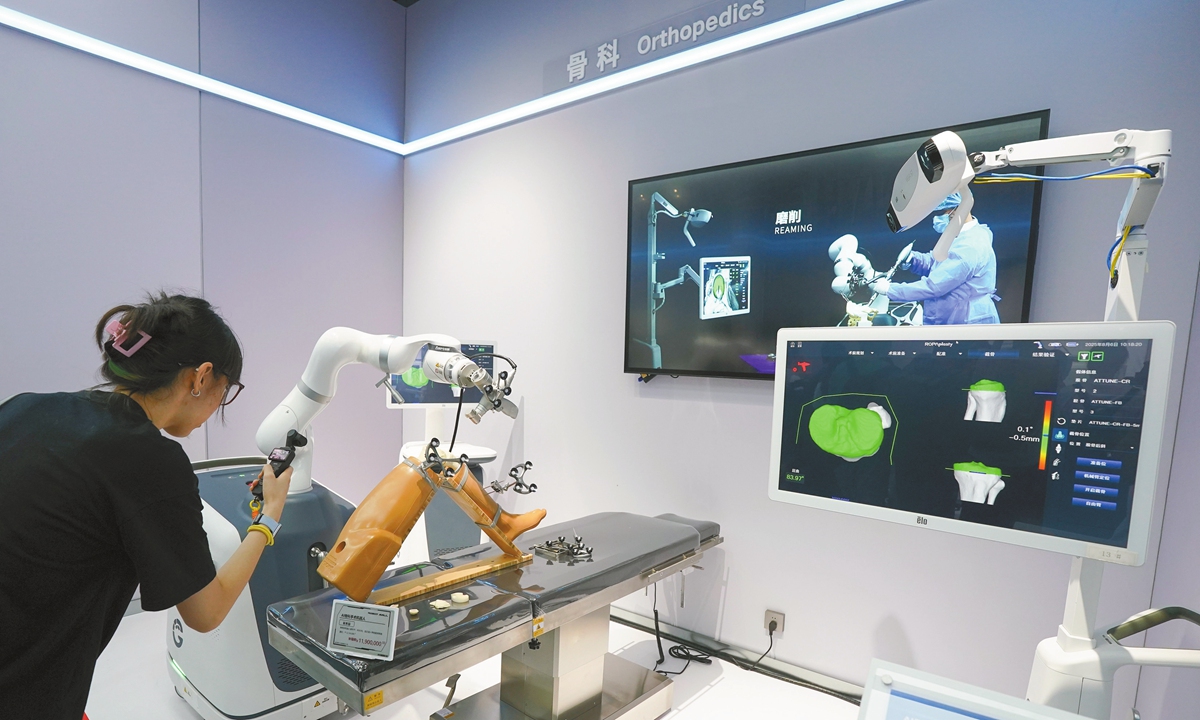China's Strategy Boosts Advantage in Humanoid Robotics Development

During the 2025 World Robot Conference in Beijing, Jeff Burnstein, the president of the Association for Advancing Automation, highlighted China's significant edge in the realm of humanoid robotics, attributing this advantage to the nation's robust national strategies and supportive policies. Burnstein emphasized the opportunity for collaboration between the United States and China across various segments of the robotics manufacturing chain.
Burnstein noted that China stands as the preeminent user of robots globally, far ahead of any other nation in terms of the number of robots installed. He underlined the Chinese government's commitment to funding robotics programs and the country's wealth of engineering talent, artificial intelligence expertise, and manufacturing capabilities, creating an ideal environment for domestic robot deployment.
The advantages for leading Chinese humanoid robotics companies such as Unitree and UBTech are profound, largely stemming from favorable government strategies. Burnstein contrasted this with nations lacking such cohesive national plans, pointing out that the strategic support gives Chinese firms a significant head start.
Despite ongoing uncertainties in U.S.-China relations, Burnstein expressed optimism that current challenges will be resolved, paving the way for enhanced collaboration. He noted that both countries are focused on establishing their respective robotics infrastructures but highlighted that cooperation will become imperative in areas like AI and robotics to ensure safety and technological integrity.
Additionally, Burnstein identified numerous opportunities for bilateral cooperation within the robotics manufacturing chain, covering everything from components to system integration, creating a framework for potential collaboration.
The developmental trajectories of robotics in China and the U.S. are showing noticeable divergence, according to Burnstein. He pointed out that China is rapidly advancing in the deployment of humanoid robots in factory settings, deriving insights from real-world applications, whereas U.S. companies tend to focus on pilot programs, with Agility being the only notable company to have moved into mass production thus far.
However, Burnstein raised a thought-provoking question concerning the choice of humanoid designs versus other alternatives, given the challenges associated with bipedal walking and the possibility that different designs may cater better to specific industrial needs.
Both nations are rich in talent and specialized knowledge in fields such as artificial intelligence and robotics, Burnstein asserted. While the U.S. is recognized for its prestigious educational institutions and a long history in these fields, China also boasts an impressive pool of skilled engineers. He argued against viewing this development as competition, advocating instead for a focus on the collective technological advancements that can address significant global challenges.
The role of venture capital in the growth of humanoid robotics, especially within the United States, cannot be overlooked, Burnstein remarked. He noted that while investments can be uncertain, the innovations and developments spawned from this investment could benefit other types of robotics.
In comparing industry showcases, Burnstein highlighted A3's Automate event in Chicago, which centers on tackling real-world industrial challenges. He contrasted it with the Chinese event, which engages the public and promotes awareness of robotics careers, viewing such initiatives as pivotal in inspiring future generations.
Read These Next

Dragon spacecraft with four astronauts departs for Earth
SpaceX Crew Dragon with four astronauts left the ISS on August 8, marking a step in international space cooperation.

Altman aims to invest post-GPT-5 launch despite losses
OpenAI CEO Sam Altman emphasizes prioritizing growth over immediate profitability after the launch of GPT-5, signaling a long-term investment strategy despite ongoing losses.

Chinese Hospitals Embrace AI Transforming Health Care Fast
United Imaging Intelligence partners with Zhongshan Hospital to enhance diagnoses with AI in clinical settings, improving patient care.
